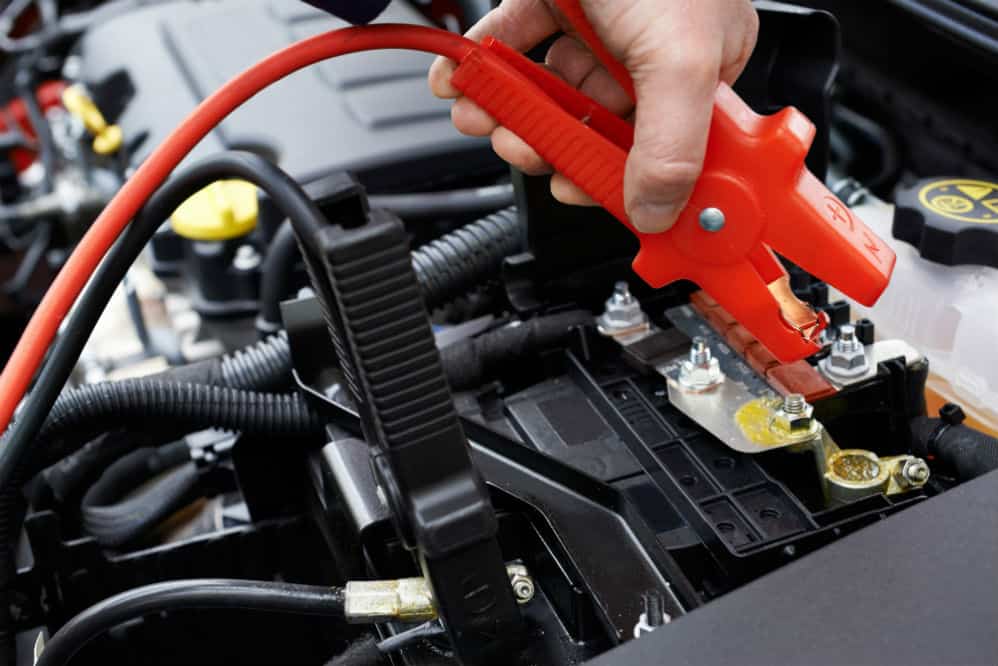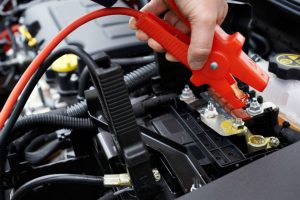When you sit in your car and turn on the ignition, but the car does not start, it is most likely because the battery has died. You would probably hear a few clicks, but then nothing happens. Car batteries can die because of a number of reasons, and if you are on the road and something like that happens, it can be a real problem.
Hence, every driver should prepare for this just like a flat tire because this could happen to anyone. What to do when your car battery dies? What are the main reasons why car batteries die?
Why Car Batteries Die?
As mentioned, there could be a lot of reasons for your car battery to die beside it having lived its full life, and they are the following:
- You left your headlight, stereo, or interior lights on when the car was not running.
- You turned on the air conditioner with the car not fully on.
- Very low temperatures
- The voltage regulator in the alternator is not working.
- The battery was not maintained well.
- You have not started the car in a long time.
Just because your battery has died does not mean you need to replace it. Generally, the answer to the question “What to do when your car battery dies?” is to jumpstart it and give it ample charging.
What to do When Your Car Battery Dies?
The good thing about this is you do not need a lot of tools. All you really need are jumper cables and a running battery, i.e. another running car. You should have a pair of jumper cables in your boot because this kind of situation could come anytime. You will probably need to call a friend or ask another driver to help you out.
The Basics
- The Jumper Cables
Jumper cables are inexpensive and come in a variety of lengths. These range from 10 to 20 feet, usually. Even 10-foot-long cables should be enough to connect two batteries of two different cars. You may be tempted to get the longest length to have even more convenience, but that may affect the power and result in loss of power.
When buying jumper cables, the gauge is the main deal as it decides its power. The lower the imprinted gauge number, the thicker the cables would be and the more power they can carry. The standard gauge size is six, which is appropriate for most cars.
- Don’t Forget Safety
Although jumpstarting a car battery is a pretty easy procedure, you should keep safety in mind. After all, you are dealing with electrical equipment and batteries, so caution is better.
First of all, try to read the manual of your car as some cars may have a slightly different jumpstart process, so make sure to know that in advance. Handle the cables very carefully and do not touch the metal clamps, especially when one end has been connected to the battery terminal.
Do not let any person, especially children, stay near the engine. You should also stay at a fair distance because if something goes wrong, there is a chance of a spark.
The Steps
Now that you have your jumper cables in hand and a good samaritan to use his or her car’s battery, you can begin to jumpstart your car. Here is what you need do:
- Park the two cars facing each other but not touching.
- For an automatic transmission, put the car in park and for the manual transmission, put the car in neutral, and set the handbrake on both the cars.
- Keep the cars off for now and keep the keys in your pocket.
- Open the hood to identify the terminals of the battery on each car. This is extremely important as you do not want to connect the clamps to the wrong terminal. The terminals are usually clearly marked as “+” and “–” and covered with red and black. Batteries can get dirty and greasy, so if you cannot see the signs, use a rag to clean it first.
- Take the red jumper cable and attach the clamp to the positive terminal of the battery on your car and attach the other clamp of the same cable to the positive terminal on the running car’s battery. You may need to wiggle the clamp a bit to make a tight and stable connection.
- Now, take the black cable and attach one of the clamps to the running car’s battery’s negative terminal. Do not connect the other end to the dead battery’s negative terminal. Instead, attach this clamp to an unpainted metal in your car.
- Next, start the other car and let it run for a minute or two.
- After which, start the car with a dead battery. If it does not start, let the battery be charged for another minute or two and then try again. You may need to rev the running car’s engine a bit to charge the previously dead battery.
Once it starts and is running, you can remove the clamps from it one by one. Ensure that they are not in contact at any point as long as they are connected to a battery. Finally, remove the clamps from the other car’s battery and stow them away in your boot.
Take the car for a spin so that the battery is charged up. If the battery was dead for a considerable time, drive it around for at least 20 minutes to let the battery get enough charge. Otherwise, your battery will die again. Do not forget to thank the driver who helped you!
End Note
You can see that this is not really a difficult process if you have jumper wires with you and another car or battery for that matter. If your battery does not charge or dies again soon, it may be time to replace it. Depending on the quality and the price of the battery, they can last for two to six years. Even if that is the case, you can jumpstart the car and take it to the nearest garage to get a new battery fixed.


